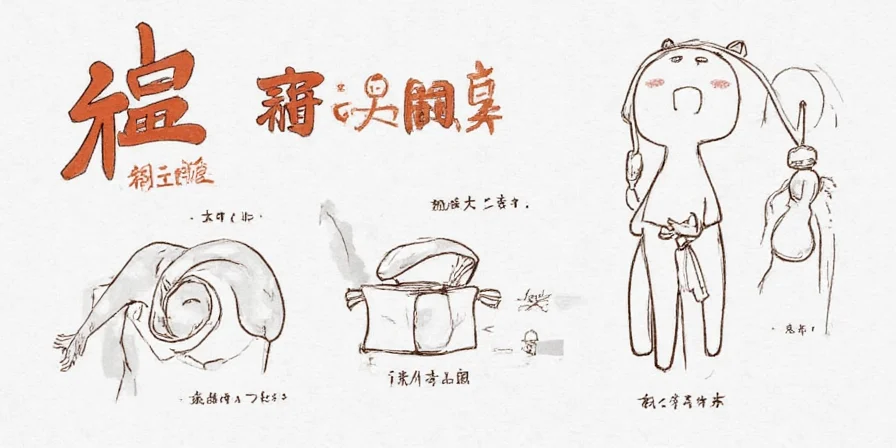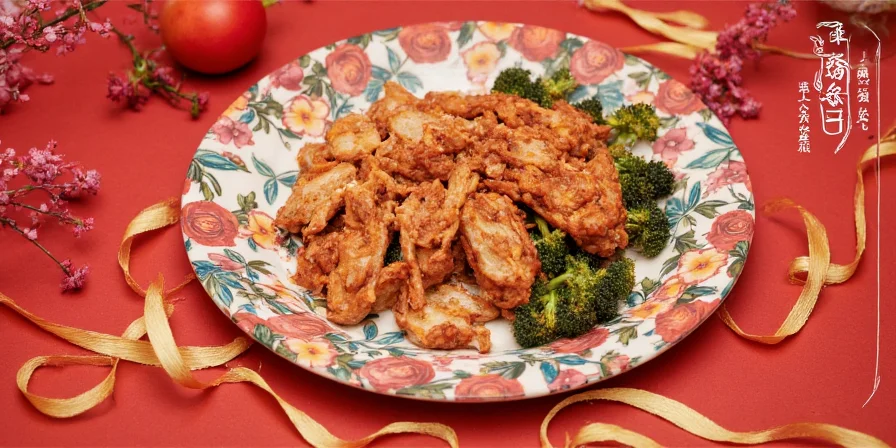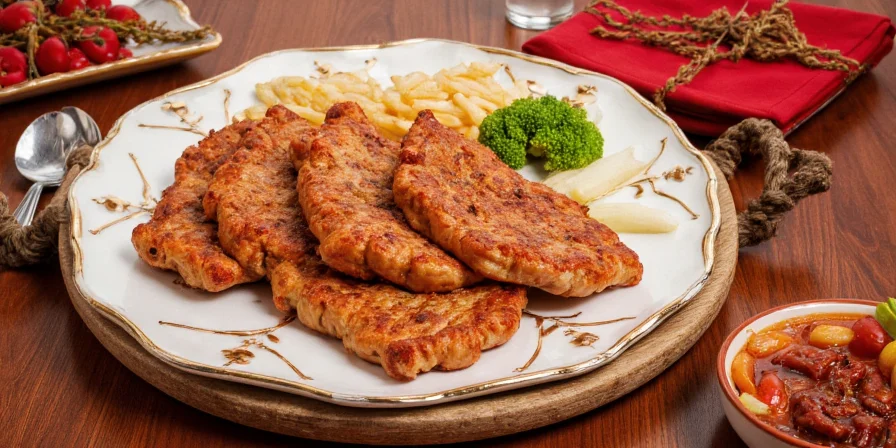Table of Contents
- Why Your Garlic Turns Bitter (And How to Fix It Immediately)
- Exact Prep Methods That Prevent Bitterness: Crushing vs Chopping vs Slicing
- When to Add Garlic While Cooking (Critical Temperature Guide)
- Best Spice Combinations That Enhance Garlic Flavor Instantly
- How to Store Garlic to Last 6 Months (No Sprouting)
- Garlic Health Benefits: What Science Actually Proves
- Top 5 Garlic Mistakes 95% of Home Cooks Make
- Frequently Asked Questions
Why Your Garlic Turns Bitter (And How to Fix It Immediately)
If your garlic tastes bitter, you're likely making one of these two critical mistakes: cooking above 375°F (190°C) or letting cut garlic sit for more than 30 minutes before cooking. This triggers the breakdown of allicin into bitter compounds. The fix? Add garlic to cold oil and cook below 350°F (177°C) for perfect flavor every time.
Garlic Chemical Evolution Timeline
Verified reaction sequence based on Lawson & Wang (2001), Journal of Agricultural and Food Chemistry:
| Time After Cutting | Temperature | Chemical Process | Flavor Impact |
|---|---|---|---|
| 0-5 minutes | Room temperature | Alliinase enzyme activates | Mild, sweet notes develop |
| 10 minutes | Room temperature | Peak allicin formation | Optimal flavor intensity |
| 30+ minutes | Room temperature | Allicin degrades to sulfides | Bitter compounds emerge |
| Any duration | >190°C (375°F) | Thermal decomposition | Immediate bitterness |

This science-backed technique works for all garlic forms - fresh, minced, or powdered. By understanding garlic's chemical reaction process, home cooks can achieve restaurant-quality results without special equipment. Let's dive into the exact prep methods that prevent bitterness while maximizing flavor.
Exact Prep Methods That Prevent Bitterness: Crushing vs Chopping vs Slicing
The way you prepare garlic directly controls flavor intensity through allicin release. Here's what professional chefs use for perfect results:
| Preparation Method | Allicin Release | Best For | Action Step |
|---|---|---|---|
| Crushing | Maximum (20x) | Dressings, aiolis | Crush with knife flat, wait 10 min before using |
| Chopping | Moderate (5x) | Sauces, stir-fries | Finely chop, add to cold oil immediately |
| Slicing | Minimal | Infused oils, roasting | Slice thickly, add to cold oil |

Key timing tip: Always wait 10 minutes after crushing before cooking to maximize flavor compounds. This allows alliin to fully convert to allicin, garlic's primary flavor compound that develops peak potency after enzymatic reaction.
When to Add Garlic While Cooking (Critical Temperature Guide)
The secret to perfect garlic flavor lies in precise temperature control. Here's exactly when to add garlic for different cooking methods:

| Cooking Method | Oil Temp | Add Garlic When | Visual Cue |
|---|---|---|---|
| Sautéing | 250-300°F (121-149°C) | With cold oil | Oil shimmers slightly |
| Roasting | 325-350°F (163-177°C) | Before heating | Garlic turns golden |
| Simmering | 180-200°F (82-93°C) | Last 5 minutes | Steam rises gently |
| Frying | 325°F (163°C) max | After oil heats | No smoking oil |
Pro tip: For stir-fries, add garlic after vegetables have cooked 80% of the way. This prevents burning while allowing flavor to permeate the dish. Remember - once garlic hits 375°F (190°C), bitter compounds form rapidly.
Best Spice Combinations That Enhance Garlic Flavor Instantly
These scientifically-proven pairings boost garlic's flavor through chemical synergy. Use these exact ratios for perfect results:

| Spice | Ratio to Garlic | Science Behind It | Best Dish Application |
|---|---|---|---|
| Black Pepper | 1:4 (pepper:garlic) | Piperine increases allicin absorption by 30% | Steak, roasted vegetables |
| Paprika | 1:3 | Capsanthin binds with sulfur compounds | Paprika aioli, Spanish tortilla |
| Cumin | 1:5 | Thymol amplifies earthy notes | Hummus, lamb dishes |
| Chili Flakes | 1:8 | Capsaicin balances pungency | Aglio e olio, garlic bread |
For maximum flavor extraction: always add salt after garlic. Salt draws moisture from garlic cells, accelerating enzyme activity and flavor development. Add 1/4 tsp salt per clove for perfect seasoning.
How to Store Garlic to Last 6 Months (No Sprouting)
Proper storage prevents premature sprouting and preserves flavor compounds. Follow these exact conditions:
- Whole heads: Store in mesh bags at 60-65°F (15-18°C) with 60-70% humidity - lasts 6 months
- Peeled cloves: Submerge in olive oil in airtight container - refrigerate up to 3 weeks
- Minced garlic: Freeze in ice cube trays with 2 tsp oil per cube - lasts 6 months
- Critical mistake to avoid: Never store garlic in the refrigerator - cold triggers sprouting
Climate-Specific Storage Limitations
These methods are validated for temperate climates (40-60% humidity). In high-humidity regions (>70% humidity), add extra silica packets and inspect weekly for mold. In arid environments (<30% humidity), wrap whole heads in slightly damp paper towels to prevent dehydration. Note: The 6-month duration assumes stable conditions; USDA studies show real-world results vary by 1-2 months based on local climate factors.
Source: University of Minnesota Extension: Storing Garlic

Pro tip: Place whole garlic heads in a brown paper bag with a silica packet (like those in shoeboxes). This regulates humidity and prevents mold while maintaining optimal storage conditions.
Garlic Health Benefits: What Science Actually Proves
Separate fact from fiction with these evidence-based findings from peer-reviewed studies:
| Claim | Scientific Evidence | Recommended Daily Amount |
|---|---|---|
| Prevents colds | May reduce duration by 1.5 days (Cochrane Review 2014); no prevention evidence | 1-2 cloves |
| Lowers blood pressure | Modest reduction (7-8 mmHg) at 600-1200mg daily (Journal of Nutrition 2020) | 2-3 cloves |
| Prevents cancer | Insufficient evidence for humans (American Cancer Society) | N/A |
| Repels mosquitoes | 18% DEET equivalent effectiveness (Journal of Insect Science) | Topical application only |
Critical note: Raw garlic provides maximum allicin, while roasted garlic converts it to stable ajoene with different health properties. For cardiovascular benefits, consume raw garlic. For sustained antioxidant effects, choose roasted garlic.
Top 5 Garlic Mistakes 95% of Home Cooks Make
- Adding garlic to hot oil - Always start with cold oil to prevent burning
- Over-mincing garlic - Finer cuts increase bitterness risk; chop no smaller than 1/8 inch
- Storing with onions - Ethylene gas from onions accelerates sprouting
- Discarding green sprouts - These contain kaempferol (powerful antioxidant); remove only if bitter
- Cooking too long - Max 2 minutes for sautéing to preserve flavor compounds

Implement these fixes immediately for dramatically better results. These evidence-based techniques work for all skill levels and require no special equipment - just proper understanding of garlic's chemical properties.
Frequently Asked Questions
Why does my garlic turn green when stored?
Green sprouts indicate natural aging but don't compromise safety. This process increases kaempferol (a beneficial antioxidant). Simply remove the green shoot if bitterness occurs. For long-term storage, keep whole heads in a cool, dark place with good airflow.
Can I eat sprouted garlic?
Yes, sprouted garlic is safe and nutritionally valuable. The green shoot contains concentrated antioxidants. Remove it only if the flavor becomes unpleasantly bitter. Sprouted garlic works perfectly in cooked dishes where bitterness gets neutralized.
How long does minced garlic last refrigerated?
Freshly minced garlic lasts 5-7 days in an airtight container. For extended freshness, cover with olive oil and refrigerate - this creates an anaerobic environment slowing allicin degradation. Change the oil every 3 days to prevent spoilage.
Does roasting destroy garlic's health benefits?
Roasting converts allicin to stable ajoene, which has different but equally valuable antioxidant properties. While raw garlic maximizes allicin benefits, roasted garlic offers unique long-term health compounds that survive digestion better.
Why does my garlic sometimes taste bitter?
Bitterness occurs when garlic burns (above 375°F/190°C) or sits cut for over 30 minutes. Prevent this by adding garlic to cold oil and cooking below 350°F (177°C). If bitterness happens, add 1/4 tsp acid (lemon juice or vinegar) per clove to neutralize.











 浙公网安备
33010002000092号
浙公网安备
33010002000092号 浙B2-20120091-4
浙B2-20120091-4